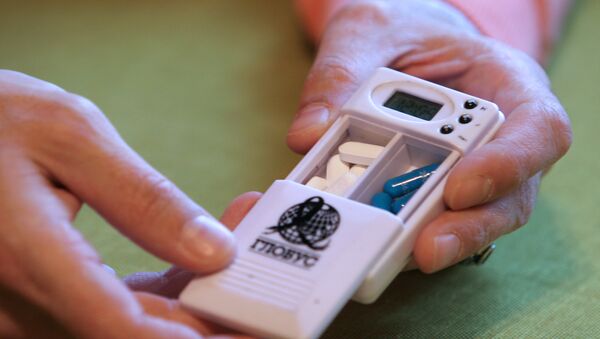Overall, there was a mere five percent rise in the number of patients who received viral suppression treatment at clinics which paid the money, while at some clinics with a smaller number of patients viral suppression treatments saw a 11 percent rise. At clinics where fewer patients had an undetectable viral load at the beginning of the study, a 13 percent increase in viral suppression was achieved. HIV treatment is targeted at an undetectable viral load, which should start to fall when a patient begins to take medication.
"Financial incentives may not work for everyone or for all HIV testing and care sites, but our results show promise for using such incentives in a targeted manner, for example in those sites where fewer people have their HIV under control," said lead investigator Dr. Wafaa El-Sadr in a press release, adding that "garnering the benefits of HIV treatment for the individual and the community are important priorities and both require achieving high levels of control of HIV."
A rate of one percent or more is classified as an epidemic by the World Health Organization and the US Centers for Disease Control and Prevention (CDC). The CDC also estimates that more than 1.2 million Americans are living with the disease, one in seven of whom are unaware of their infection, and only a quarter of whom are virally suppressed.


